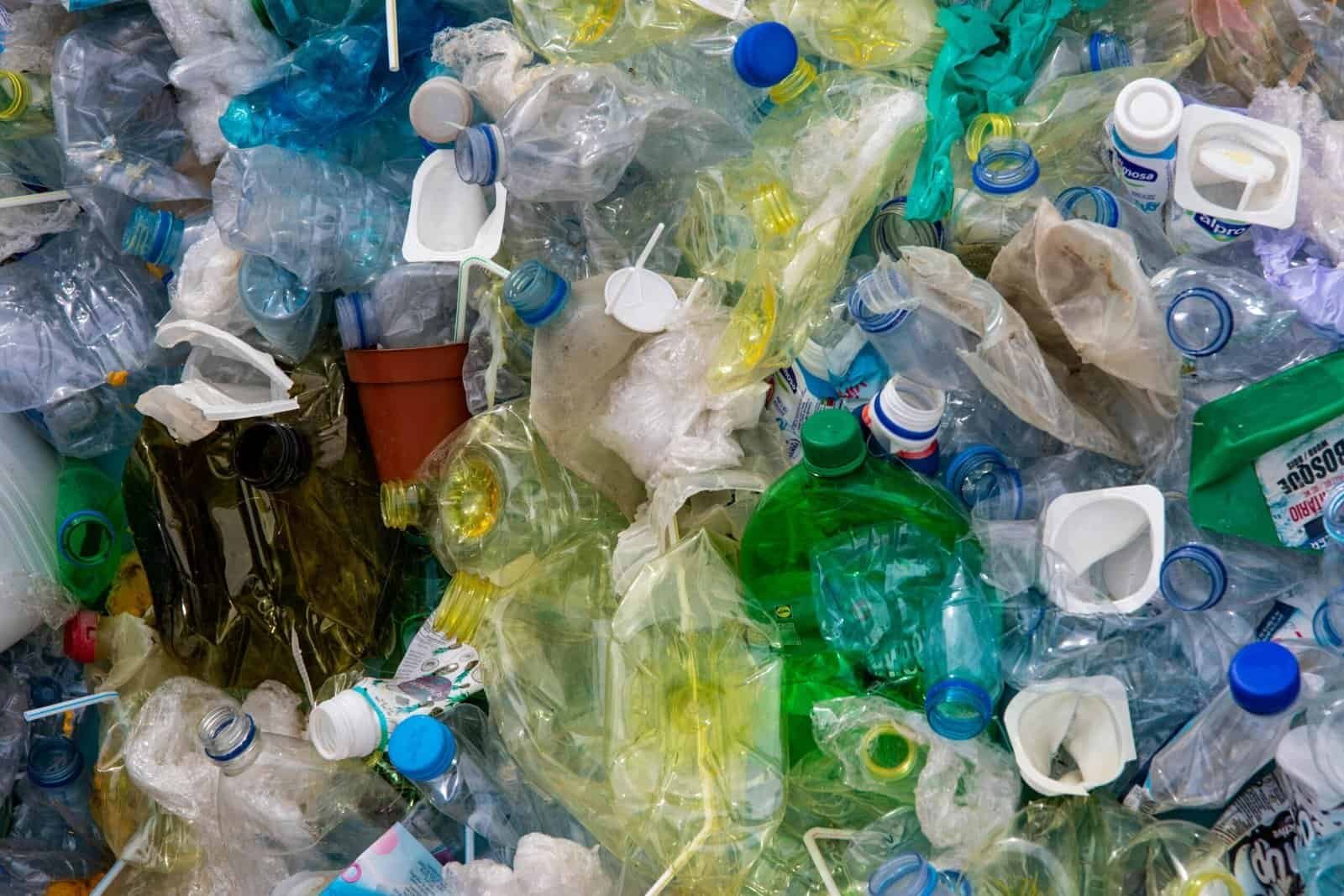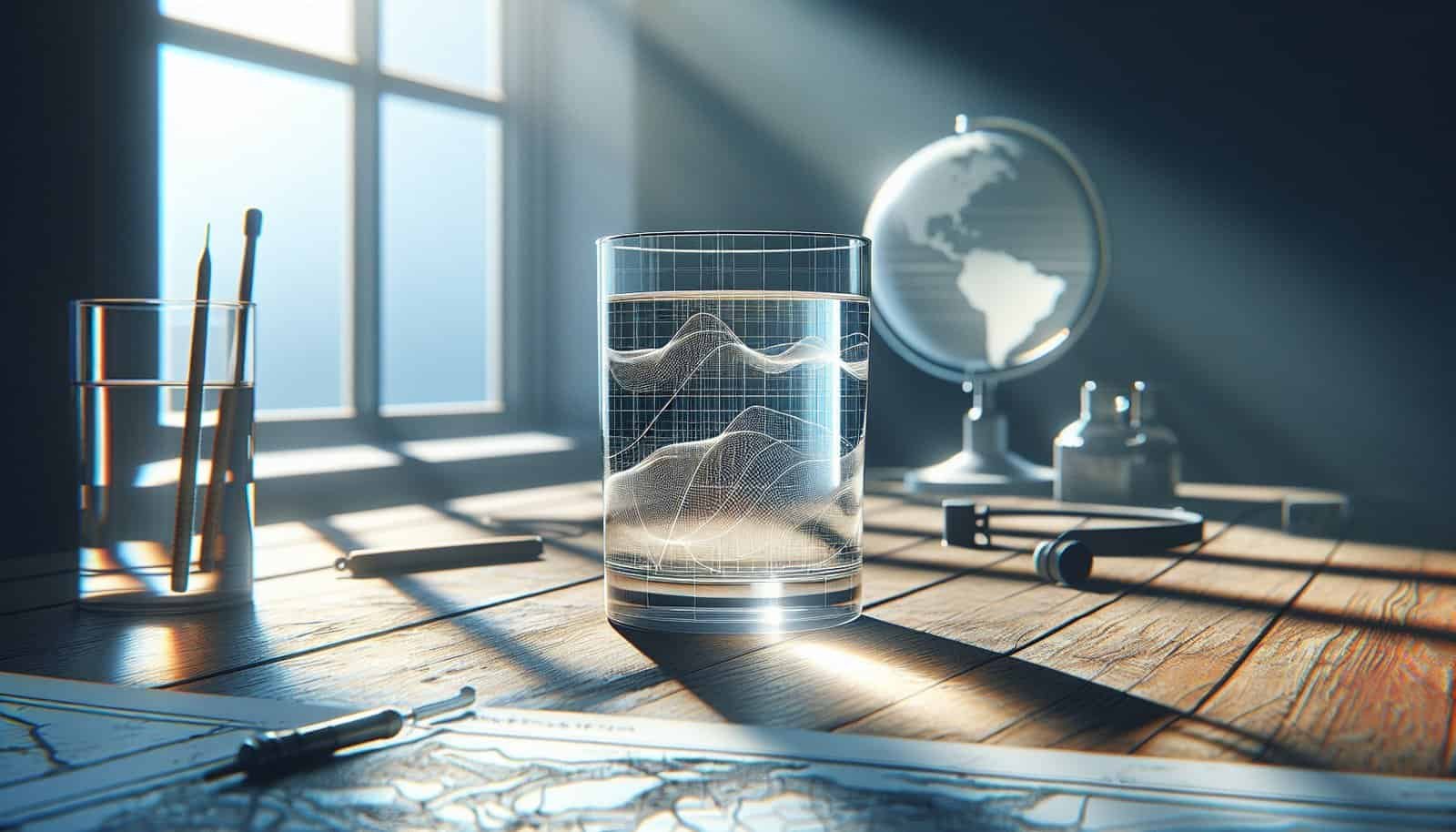Have you ever wondered about the quality of the groundwater in your area and how you can ensure it remains safe for use? Understanding local groundwater contamination risks is crucial for maintaining a healthy water supply, and recent advancements in well care technologies can greatly assist in this endeavor. In this comprehensive guide, you’ll learn where to find essential data on groundwater contamination and how to stay informed about the latest developments in well care technologies.
Understanding Groundwater and Its Importance
Groundwater is a vital resource that sustains ecosystems, supplies drinking water, and supports agricultural activities. It makes up about 30% of the world’s freshwater resources and provides a stable and reliable source of water under the Earth’s surface. Unlike surface water, groundwater is stored in aquifers, which are underground layers of rock, sand, and gravel that hold water.
The Role of Aquifers
Aquifers are critical components of the groundwater system. They act as natural water storage systems, supplying water to wells and springs. There are two main types of aquifers: confined and unconfined. Confined aquifers are trapped between layers of impermeable rock or clay, while unconfined aquifers have a permeable layer on top, allowing water to flow freely in and out.
Why Groundwater Contamination Matters
Contaminated groundwater poses significant risks to human health, agricultural productivity, and ecological balance. Contaminants can originate from various sources, including industrial waste, agricultural runoff, and leaking septic systems. Understanding these risks and how to access contamination data can help protect this precious resource.

Sources of Groundwater Contamination
Identifying potential contamination sources is the first step in understanding local groundwater risks. Here are some common sources:
Agricultural Runoff
Pesticides and fertilizers used in agriculture can seep into the soil and contaminate groundwater. These chemicals can contribute to harmful algal blooms and contaminate drinking water supplies.
Industrial Activities
Industries may discharges hazardous waste, heavy metals, and organic pollutants into the environment, which can infiltrate the groundwater supply. Proper waste management and treatment practices are essential to prevent this form of contamination.
Urban Runoff
Urban areas may experience contamination from stormwater runoff, which can carry oils, heavy metals, and other pollutants into groundwater systems. Impervious surfaces, like concrete and asphalt, exacerbate this issue by preventing natural infiltration and filtration.
Septic Systems
Malfunctioning or improperly maintained septic systems can leak contaminants like nitrates, bacteria, and viruses into the groundwater. Regular maintenance and monitoring of septic systems are necessary to prevent contamination.

Finding Data on Local Groundwater Contamination Risks
When looking for data on groundwater contamination risks, it’s important to utilize multiple sources for a comprehensive understanding. Here are some key resources to consider:
Government Websites
Government agencies often provide valuable data and information regarding groundwater quality and contamination risks. Here are some examples:
| Agency | Website | Resources Available |
|---|---|---|
| U.S. Environmental Protection Agency (EPA) | epa.gov | Groundwater protection information, contamination reports, regulatory standards |
| U.S. Geological Survey (USGS) | usgs.gov | National Water Information System, groundwater quality assessments |
| State Departments of Environmental Protection | Example: dep.state | State-specific groundwater data, local regulations |
Local Environmental Groups
Non-governmental organizations and environmental groups can be excellent sources of localized data and advocacy for clean water. They often publish reports, host community events, and offer educational resources.
Academic Institutions
Universities and research institutions frequently conduct studies on regional groundwater quality. Accessing academic papers and collaborating with local researchers can provide valuable insights into potential contamination risks.
Community Water Systems
Local water utilities and community water systems routinely test water quality and communicate findings through annual water quality reports. Contacting them directly or visiting their websites can provide current information about your area’s water conditions.

Staying Updated on New Well Care Technologies
Technology advancements continuously improve well care management, offering better monitoring, maintenance, and treatment solutions. Staying updated on these technologies can enhance the safety and efficiency of groundwater usage.
Smart Monitoring Systems
Smart technologies, like sensors and IoT devices, allow for real-time monitoring of groundwater quality and system performance. These tools provide instant alerts for issues such as contamination spikes or mechanical failures, enabling timely responses.
Advanced Filtration Solutions
Newer filtration technologies can effectively remove contaminants from groundwater, ensuring safe consumption and use. Innovations like membrane filtration, reverse osmosis, and nanofiltration are becoming more accessible and effective.
Alternative Treatment Methods
Chemical-free groundwater treatment methods, such as ultraviolet (UV) disinfection and electrocoagulation, are becoming more popular. They provide effective contamination solutions without the need for chemical additives, preserving natural water quality.
Sustainable Well Design
Incorporating sustainable practices into well design and maintenance can help safeguard groundwater resources. These may include using recycled materials, implementing rainwater harvesting, and applying environmentally friendly drilling practices.

Taking Action to Protect Local Groundwater
Beyond gathering information and staying informed, proactive engagement in protecting local groundwater can make a significant difference. Here are some steps you can take:
Conduct Regular Testing
Regularly testing your water supply enables early detection of contaminants and timely intervention, ensuring the continued safety of your water.
Implement Best Practices in Land Use
Adopting sustainable land use practices, such as reducing pesticide application or promoting buffer zones around water bodies, helps limit contamination risks.
Engage with Local Communities
Community involvement is key to groundwater protection. Organize or participate in local clean-up events, conservation efforts, and educational programs to raise awareness and drive collective action.
Advocate for Policy Changes
Advocacy for stringent regulations, effective enforcement, and increased funding for research can influence policy changes that strengthen groundwater protection measures.

Conclusion
Having access to accurate and up-to-date data on local groundwater contamination risks is crucial for maintaining the health and safety of your water resources. By leveraging information from government agencies, environmental groups, academic institutions, and community water systems, you can gain comprehensive insights into groundwater quality. Embracing new well care technologies and actively participating in initiatives to protect groundwater will enhance the sustainability of this vital resource for generations to come. Staying informed and engaged equips you with the knowledge and tools necessary to make a positive impact on your local environment and beyond.
